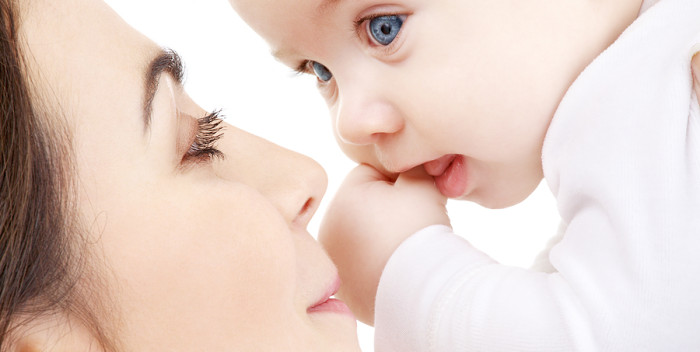Recovery after childbirth
Pregnancy and childbirth is an important stage in the life of every woman. Experiencing painful sensations during the delivery process, later she thinks about whether it is worth going through the same tests again, because even some time after the birth of the baby, mothers feel how much this has affected their physical and psychological state. How quickly does the body's recovery process take place? What can I do to speed it up?
Content
Recovery time after childbirth
It is believed that the recovery process after childbirth lasts 40 days. This is also due to popular belief - in the old days, it was for 40 days that a woman was forbidden to enter the church because of bleeding. In fact, it is difficult to name the exact time during which mommy completely comes to her senses after the birth of the baby, because it depends on two main factors:
- How did the delivery take place? If a woman gave birth herself and there were no complications in the process, for example, uterine bleeding or perineal rupture, then on average it takes 4 to 6 months to restore tissues and hormonal balance. In the case when the baby is removed by cesarean section, it will take up to 8 months to fully recover.
- Of no small importance is what kind of childbirth the woman had - after the second, rehabilitation is faster.
During pregnancy the level of hormones in a woman's blood rises sharply, but even after childbirth, her hormonal background undergoes great changes due to the production of prolactin and oxytocin - they are very important when breastfeeding. External factors can also aggravate the situation - difficult childbirth, stress, constant lack of sleep and many other reasons that affect the psychological state and sex life.
Hormonal disruption after childbirth is a common phenomenon, usually the situation returns to normal after a few months, but if even after the end of breastfeeding you feel apathy, decreased libido, sweating and constant mood swings, this is a reason to contact an endocrinologist who will prescribe the necessary hormonal drugs. 
Postpartum recovery where to start
In the first months after giving birth, many women feel overwhelmed and overwhelmed. They are oppressed by the thought that they no longer belong to themselves. The situation is aggravated by constant crying of the child, getting up at night, colic, chronic fatigue. The changed figure also does not add positive - flabby abdominal muscles, extra pounds and a swollen chest.
First of all, in order not to get depressed, you need to realize your new position, because with the birth baby life does not end, but takes on a new meaning. The figure will recover over time, the baby will grow up and will delight parents with his achievements. Often, in order to find a comfortable mental state, mommy takes several months, as well as constant support from loved ones. In extreme cases, you can consult a psychologist. 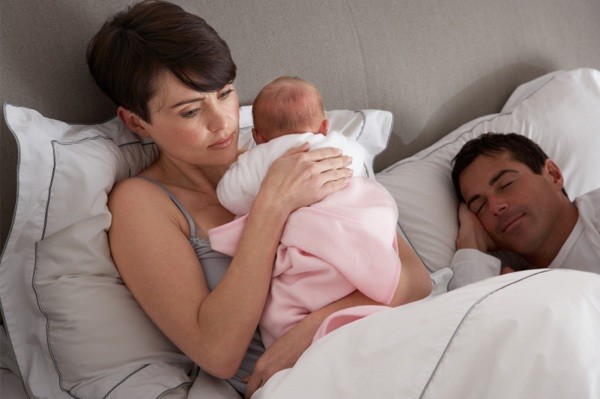
As for the physical condition, they have not yet invented a quick method to return to their former forms after childbirth in record time. Everything takes time and effort. To get started, try to follow these guidelines:
- If possible, be sure to breastfeed your baby. This will benefit both the child and the mother, because during this process a woman can lose from 200 to 600 kcal per day.
- At first, active physical activity will be unavailable for you. Just try to move more, walk with the baby 2-3 times a day, carry it on your hands, bathe and entertain. Baby care itself is a kind of fitness for moms.
- Stick healthy eating... It is not necessary to starve yourself; it is enough to exclude unhealthy foods, sweets, fatty foods and convenience foods from your diet.
- For a speedy recovery of the body, eat more vegetables and fruits, take a vitamin and mineral complex.
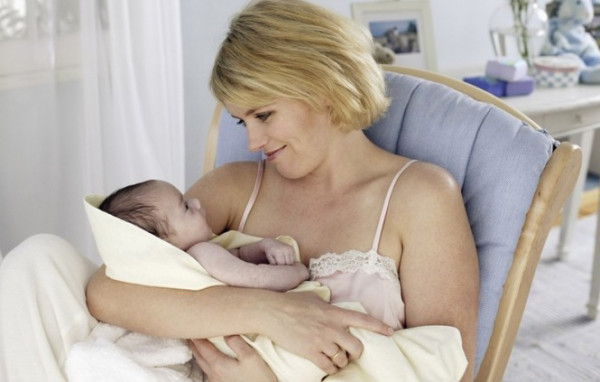
Recovery of the body after childbirth
Doctors say that the full recovery of the body after the birth of a child will take a little more than a month - about 40 days. What physiological changes occur during this period?
In the first days after childbirth, a woman may feel pain in the lower abdomen. The uterus, contracting, returns to its previous size. There is discomfort and pain in the perineal region, and problems with urination and bowel movement often occur. The vagina secretes blood clots - lochia, they are similar to regular menstruation, but more abundant than during menstruation. As a rule, lochia appears immediately after delivery and lasts about a month, gradually decreasing. 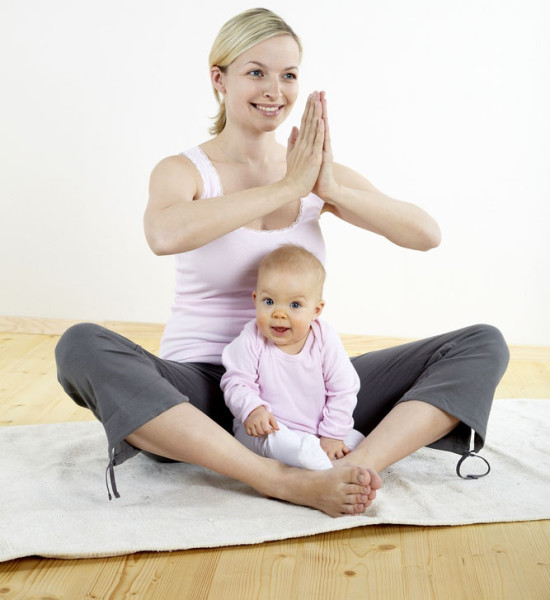
The mammary glands swell and become sensitive, already in the first hours after childbirth, colostrum is released from the breast, in the following it is filled with milk, lactation is gradually improving.
From 4 to 14 days, the volume of secretions decreases, their color changes from bright scarlet to brownish. All this time, it is necessary to use hygienic postpartum pads, but in no case tampons. If during childbirth a woman underwent a perineal incision, she should carefully monitor the condition of the seams, the genitals should be regularly washed with anti-inflammatory drugs.
Lactation improves, swollen nipples become less sensitive, by the end of the second week, milk flushes become regular.
By the beginning of the third month, the uterus regains its previous size, the secretion of lochia stops. Postpartum recovery is coming to an end, all body systems are returning to normal.
During this period, a woman needs to undergo a comprehensive examination by a gynecologist, who will prescribe tests, ultrasound, and check for pathology and inflammation during the examination. 
Restoring the cycle after childbirth
Almost the main sign of recovery after childbirth is the return of critical days. Unfortunately, this process does not always go smoothly.
Usually, the normal functioning of the endocrine glands resumes 7-8 months after the birth of the child. Gradually, all changes associated with the functioning of the endocrine, nervous, reproductive system come to naught. The uterus is actively contracting and by the end of the 8th week it regains its previous size and menstruation can begin at any time.
It's okay if it happens a little earlier or later. The main task is to understand whether these are the physiological characteristics of a woman or pathological disorders. Attention should be paid to the profusion of bleeding, the regularity of menstruation and the intensity of pain.
The following factors can influence the restoration of the menstrual cycle:
- weakening of the body;
- unfavorable course pregnancy and childbirth;
- the presence of chronic diseases;
- irregular meals;
- fatigue, lack of sleep, stress;
- age, number of pregnancies and births.
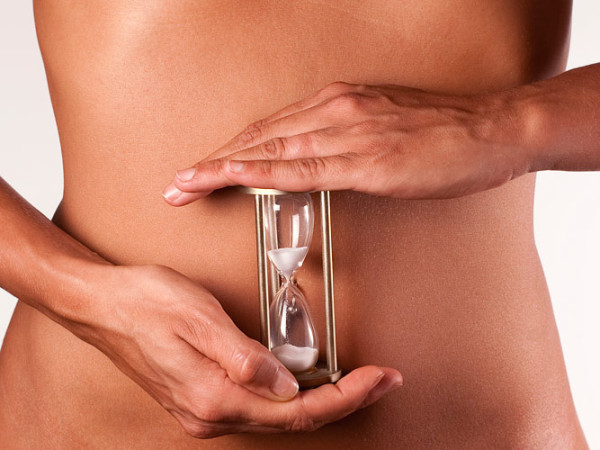
Restoring the figure after childbirth
Carrying a baby and childbirth does not go unnoticed for the figure. The sooner you start working on the weakened abdominal and chest muscles, the better the effect will be. If no complications have arisen during the delivery process, you can start some activities on the first day after childbirth. After a cesarean section, the body needs much more time to recover - about 2 months. Contraindications to sports are perineal tears, chronic diseases and birth trauma.
The main areas to look out for are:
- A set of exercises to maintain the shape of the breast - during pregnancy and lactation, the mammary glands lose their elasticity and may simply sag, and stretch marks may appear on the skin due to the loss of elasticity.
- A loose belly after childbirth worries most moms. It is necessary to direct all efforts to strengthen the abdominal press so that unpleasant folds do not spoil the appearance.
- During lactation, a woman does not have the opportunity to sit on strict diets and significantly limit herself in nutrition. To get rid of extra pounds that do not go away after childbirth, you should choose a special program exercise for nursing women.
- A set of exercises developed by the French obstetrician-gynecologist Arnold Kegel will help to effectively strengthen the weakened muscles of the vagina and pelvic floor.
- After childbirth, back problems often arise, in this case heavy loads are a contraindication, but gentle exercises aimed at restoring the muscle tone of the lumbar spine will come in handy.
- If you have problems with the respiratory tract, you can add a special breathing exercises... Their regular implementation contributes to the enrichment of oxygen to the brain and other organs.
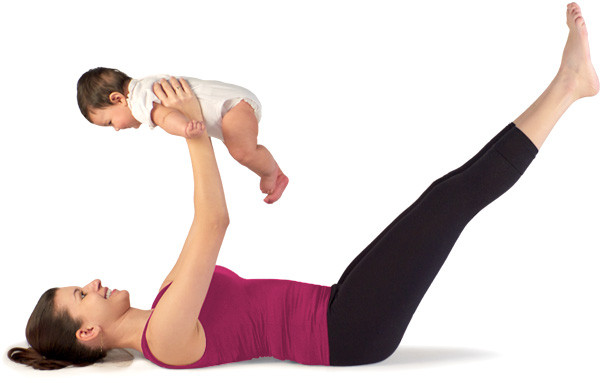
Postpartum recovery exercises
In the absence of contraindications, it is possible to start performing exercises to strengthen the muscles of the chest and pelvic floor, as well as breathing exercises, already in the first days after childbirth.
- Breathing exercises. If your kid was born in a natural way, the tone of the abdominal muscles should be returned in the hospital. To do this, take a lying position and put your feet on the surface, resting with your full foot. Inhale through your nose, straining your stomach, and hold your breath for a few seconds. Let the air out sharply with your mouth, inflate your stomach. Then relax, get some rest and do a few more sets, each time increasing the time of the session. A little later, you can add a new element - when pulling in the abdomen, lift the buttocks, make sure that the lower back remains in its original position.
- Weakened vaginal muscles try to strengthen with using Kegel exercises. This gymnastics is as accessible as possible, because it can be performed anywhere and at any time. Simply squeeze the pubococcygeus muscle for 4-5 seconds, then unclench and repeat this action about 30 times. Do 10-12 sets per day.
- Classic breast exercises can be performed as early as two weeks after the birth of the baby. However, if you are breastfeeding, the gymnastics will have to be postponed until lactation is complete. The most famous exercise - the elbows are raised to shoulder level, the palms are squeezed so that there is tension in the chest area, and remain in this position for 10 seconds. The grip of the brushes in the "lock" is also effective. Try to break the "lock", but do not put too much effort for this.
- It is possible to relieve tension and discomfort in the lumbar region with the help of regular torso twists, which should be performed 10 times. Yoga is an excellent way out in this situation.
- Cardio exercises - running and jumping will help to lose weight immediately after childbirth, they will help to warm up and sweat properly. Long walks with the baby in the fresh air can be an excellent substitute for them. Please note that jumping should be done with great care when breastfeeding - such an intense load causes inflammation of the mammary glands.
Doctors recommend starting a set of ab exercises no earlier than a couple of weeks after a happy event. To achieve the desired result, you need to work 7 days a week, 2-3 times a day. 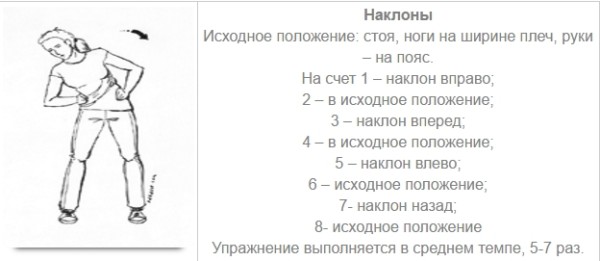
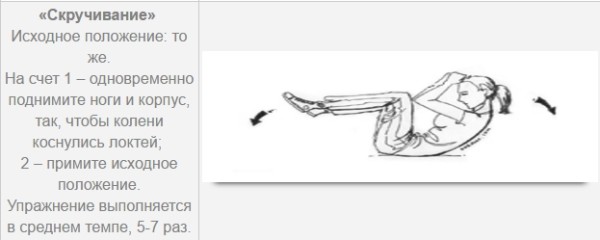
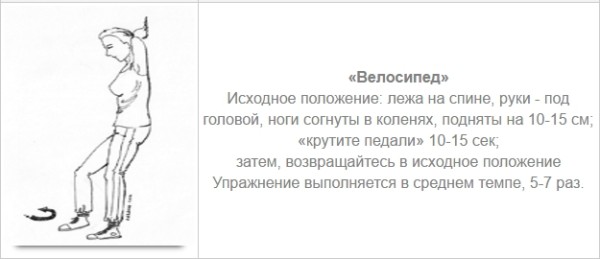
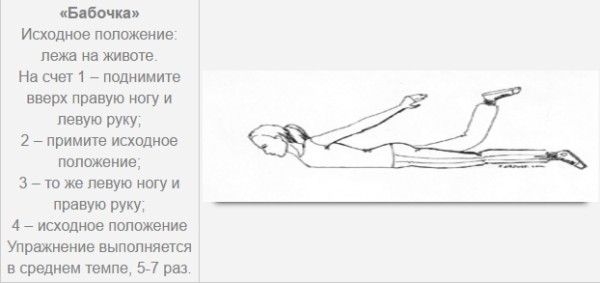
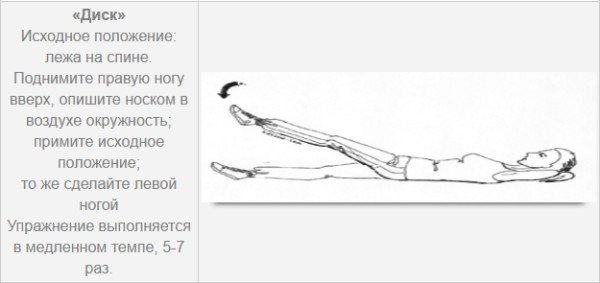
Reconstruction of the vagina after childbirth
Very often, women are faced with the problem of weakening the muscles of the vagina and pelvic floor. This is because during childbirth child, passing through the birth canal, significantly expands them, and the muscles do not always come to tone and return to their former elasticity, the situation can be aggravated by numerous ruptures or the use of episiotomy (surgical incision of the perineum). Because of this, the young mommy feels inferior and dissatisfied in an intimate way.
To remedy the situation, regularly perform a set of Kegel exercises. The muscle that needs to be trained can be easily found during urination - try to pause the process and then resume it, it is the pubococcygeal muscle that will allow you to do this. 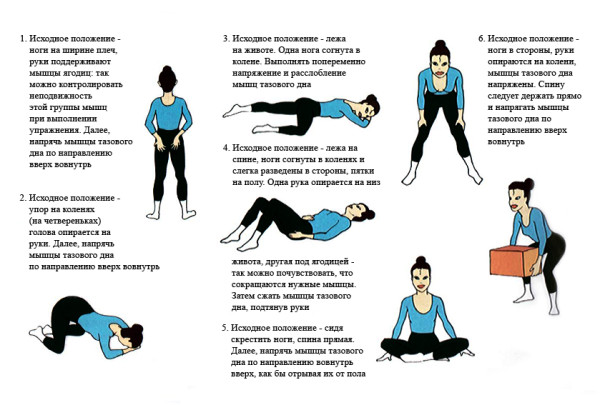
Breast recovery after childbirth
After the baby is born, the breast begins to swell and harden. In the process of attaching the baby to the breast, blood circulation in the glandular tissues increases, the skin at this moment is prone to stretching and the appearance of stretch marks. 
When a woman stops lactation, the breasts gradually, over 8-9 months, return to their previous state. However, there are few women who would be completely satisfied with the shape and condition of their mammary glands after childbirth - the breasts can sag significantly, and the skin often loses its elasticity. The severity of these changes depends on many factors - the individual characteristics of the organism, physical condition, genetics, body weight and lifestyle.
To prevent and eliminate the occurrence of unpleasant consequences, follow some rules:
- Breast after childbirth will not be flabby if you wear special supportive underwear during pregnancy.
- Learn how to properly express excess milk and avoid abrupt weaning.
- Reduce the amount of fat and carbohydrates in your food by giving preference to protein foods.
- Do a specific set of exercises that work to strengthen your chest muscles, such as push-ups, dumbbell raises, and pull-ups on the bar.
- Self-massage your breasts, use masks and creams containing collagen and elastin. Take a contrast shower.
